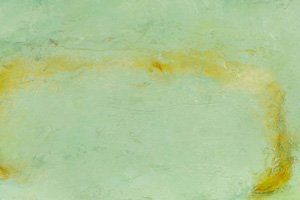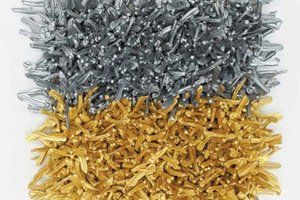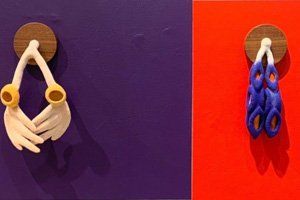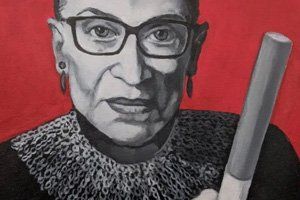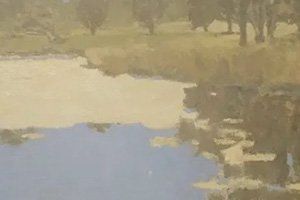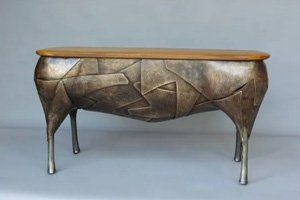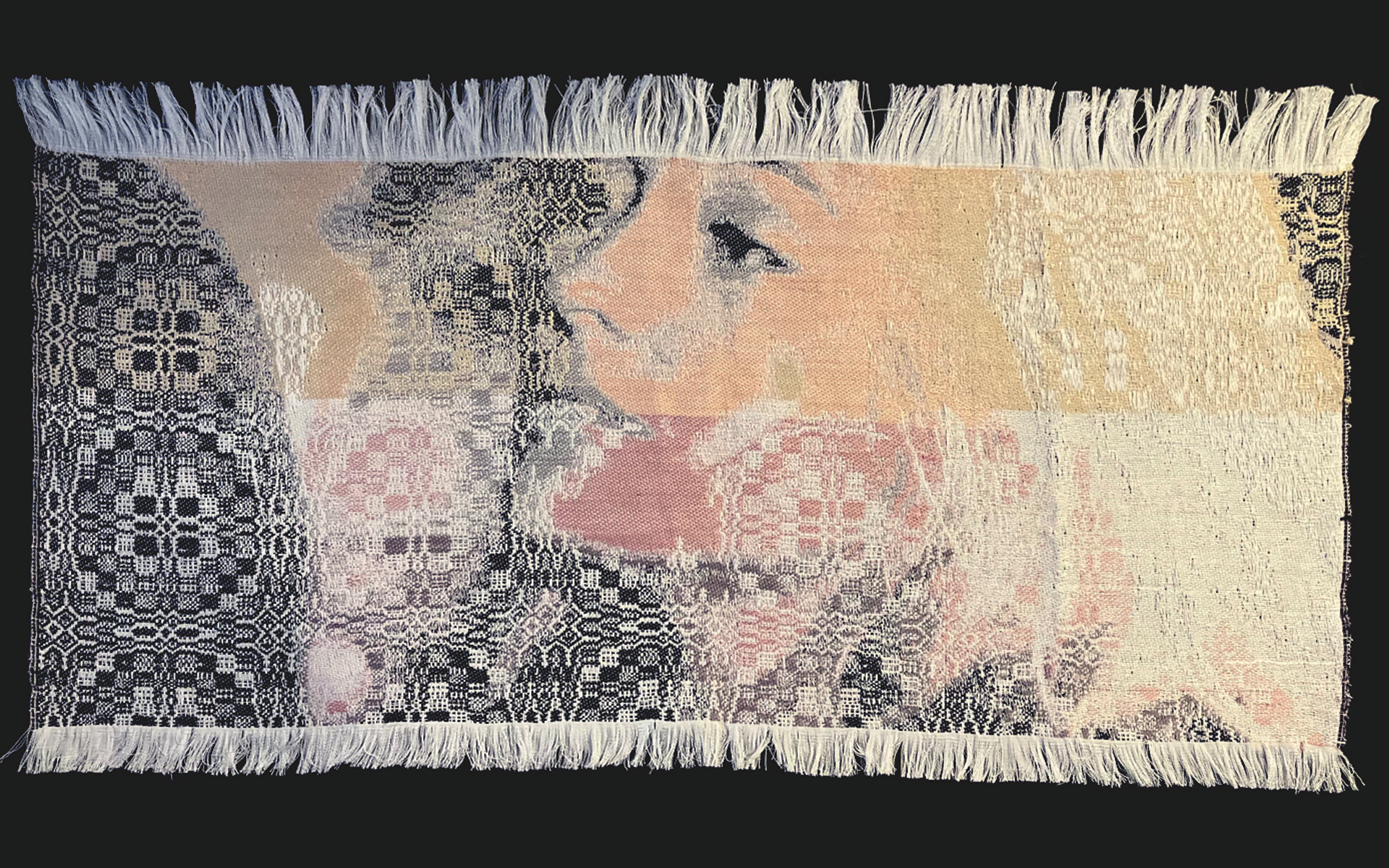
Mythos
Sasha Baskin
May 23 - July 15, 2024
Receptions:
Opening reception: May 24th 2024 5-8pm
Artist Talk: May 24th 6:30pm
First Friday Reception: June 7th 2024 5-8pm
Gravers Lane Gallery is pleased to announce Sasha Baskin’s first solo exhibition at GLG, MYTHOS. The exhibit will open with a reception and artist talk on Friday, May 24th 5-8pm at Gravers Lane Gallery, in Chestnut Hill and will close July 15th 2024. Sasha is a fiber artist who uses intricate traditional weaving and lace making processes in combination with source imagery from reality television. This body of work puts the mathematically complex and ancient craft of bobbin lace weaving into a relevant contemporary context. Love in the age of reality TV; an anthropological look at our culture’s myths, unraveling with the pull of a thread.
Trained in classical drawing, Baskin received her Bachelor of Fine Arts from the Maryland Institute College of Art in 2014. Transitioning to craft and studying weaving, natural dyes, and lacemaking processes, she received her Master of Fine Arts in Craft and Material Studies from Virginia Commonwealth University in 2018. In her work, Sasha explores how reality television dating shows like “The Bachelor” and “Love is Blind” function as modern mythological systems and create new gods and goddesses for this generation. This work involves deep research into pop culture and an examination of reality TV like a classical text. She weaves screenshots like chapters in a Hero’s Journey and overlays digital patterns and lace grids to create veiled goddesses out of reality television starlets. To study beauty, love, drama, and competition: to entertain and distract through drama? Each season is the Iliad and the Odyssey in high heels and hair extensions.
Drawing from Baudrillard’s concept of “hyperreality” and simulation and simulacrum, this series of work examines blurring of the distinction between real and unreal, reality and reality television. Each work becomes a new screen, a new layer of meaning through which a scene from reality television is conveyed. Every new episode of a dating show becomes a new mythological rendering, a new hero’s journey to follow, to worship, to retell and recount. With each podcast, the recap, the meme, and repost, the echoes of these narratives become new mythologies that become the mainstays of our era.
A final rose recipient on “The Bachelor” can become a modern Helen of Troy when she tries to flee the show and break the structure of the past 23 seasons. When she is trapped in her hotel room and forced to resume the season, she becomes (as was Helen) a prisoner of forces she cannot see or control. She is both powerless in the moment while extraordinarily powerful: Helen of Troy started the Trojan War; Cassie from Season 23 of “The Bachelor” changed the nature of the franchise and redefined the structure of reality television.
A bride-to-be on “Love is Blind” can become a mythic goddess as she is insulted by her fiance and compared to another contestant. “You’re a nine out of ten,” her fiance tells her in comparison to another woman (a definite “ten out of ten”). Zenab from Season 3 looks down, her hair falling in front of her face like a veil and the distance between her fiance becomes visible. In this moment she becomes Penelope: faithful and steadfast despite her partner's dalliances.
Reality television exists to remind us to feel comfortable in our own reality. If falling in love on tv is fake, my love is real. Hyperreality exists to make us feel comfortable in our own existence. This work seeks to question that comfort and how we engage with the reality television narratives which surround us. Through bobbin lace and woven images the pieces capture the immediacy of pop culture with the slow analog process of thread. The images themselves unravel. Slow down. Examine the simulation frame by frame.
-
Cassie Under Pattern
Button40" x 21" | digitally woven cotton, silk, natural dye, digital still from "The Bachelor" Season 23
-
The Veil (Come undone)
Buttonunframed 24x24 | framed approx: 26"x26" | bobbin lace, cotton thread, wooden bobbins, metal pins, digital still from "Love is Blind" Season 3
-
The Martyr (Here for the Right Reasons)
Button38"x38" | filet lace, fishing net, cotton thread, screenshot from "The Bachelor" Season 22
-
Jenny's Departure
Button115"x55" | digital and hand-woven cotton, silk, and rayon, rosette overshot patterning, natural dye, digital still from "The Bachelor" Season 22
-
Mary Magdalene (Here for the Rise and the Fall)
Button44"x39" | filet lace, fishing net, cotton thread, screenshot from "Bachelor in Paradise" Season 5
-
Rachel Disheveled
Button"unframed 19”x17” | framed 29""x27" | bobbin lace, cotton thread, two-toned tulle, digital still from “The Bachelor” Season 26
-
Jenny Rejected
Button50"x42" | digital and hand-woven cotton and silk, digital still from "The Bachelor" Season 22
-
Cassie as Helen of Troy
Buttonunframed 22”x10” | framed 29"x15 | bobbin lace, cotton thread, digital still from “The Bachelor” Season 23
-
After Angelica (Sappho Inspired by Love) [study]
Buttonunframed 13"x4.5" | framed 17"x 9" | bobbin lace, cotton thread, two-toned tulle
This is a paragraph. Writing in paragraphs lets visitors find what they are looking for quickly and easily.
This is a paragraph. Writing in paragraphs lets visitors find what they are looking for quickly and easily.
This is a paragraph. Writing in paragraphs lets visitors find what they are looking for quickly and easily.
This is a paragraph. Writing in paragraphs lets visitors find what they are looking for quickly and easily.
This is a paragraph. Writing in paragraphs lets visitors find what they are looking for quickly and easily.
Name Lastname
Title
Name Lastname
Title
Name Lastname
Title
-
BRILLIANCE
ButtonNovember 24th, 2023 – January 15, 2024
-
FIBER REIMAGINED
ButtonOctober 6th 2023 – November 12th, 2023
-
PLAN B
ButtonThe PLAN B Art Project
October 6th – November 12th
-
REVEALED
Buttonwork by the new faces of GLG
Bruce Hoffman, Chloë Le Pichon, Joseph Miceli
June 17th - August 15th 2023
-
Spirit Vessels
ButtonShane Fero
June 5 – August 27, 2023
-
PATTERNS
ButtonApril 15 – June 17, 2023
-
ASHLEY BUCHANAN
ButtonFebruary 10 – March 17, 2023
-
PAPER REVEALED
ButtonBarbara Straussberg
May 1 - June 30, 2022
-
Cosmic Series
ButtonYvonne Pacanovsky Bobrowicz
May 1 - June 30, 2022
-
BETWEEN NATURE & IMAGINATION
ButtonOctober 7 – November 18, 2022
-
Conditions of Ornament
ButtonBruce Metcalf
October 15 - November 21, 2021
-
A Way Home
ButtonKarin Birch
October 15 - November 21, 2021
-
Passaggio
ButtonRobin Tedesco
October 1, 2021
-
Recording Time
ButtonLewis Knauss
May 1 - June 13, 2021
-
Appendages
ButtonTeresa Shields
February 8 – March 22, 2021
-
Politically Speaking
ButtonColleen Quinn
October 10 – November 15, 2020
-
Chroma-Structure
ButtonDoug Herren
October 10 - November 15, 2020
-
Landscapes and Still Lifes
ButtonJohn Mitchell
September 5 – October 5, 2020
-
Connectivity
ButtonJohn Rais
June 15 - September 15, 2020
-
Une Exposition d'Arts Obsessionels de la Fibre
ButtonMarch 6 – June 10, 2020
All Rights Reserved
Gravers Lane Gallery
8405 Germantown Avenue
Philadelphia | PA 19118
+1.215.247.1603
Tuesday – Saturday: 11am – 5pm
Gravers Lane Gallery © 2024
GLG@1213
1213 Walnut Street
Philadelphia | PA 19107






















